The clock is ticking down on Jimmer Fredette's NBA dream

Your teams on the go or at home. Personalize SI with our new App. Install on iOS or Android.
LAS VEGAS — The Thomas & Mack Center frequently staged Jimmer Fredette’s collegiate sharpshooting spectacular. Fredette poured in 39 points at UNLV on Jan. 5, 2011. For his final act, he scorched New Mexico for a career-high 52 in the Mountain West Conference championship that March. The crowd grew delirious as each Fredette crossover blended into a stepback three-pointer. “We played in that arena a ton,” Fredette now says with a smile as he sits leisurely in the lobby of a Las Vegas hotel. “It’s a good place for me.”
Five years later, the Vegas audience still hungers for a taste of Jimmer Mania, only now he’s merely a member of the Nuggets’ Summer League contingent and one of hundreds of players clawing for an NBA roster spot. “We made it to the five and a half minute mark before I got my first, ‘Put in Jimmer!’” says Nuggets assistant coach Micah Nori. Fredette emerged from Nori’s bench in Denver’s first game on Friday, delivering four points and six assists with zero turnovers; his team-high +12 plus-minus indicative of his veteran presence. “He really came in and calmed the game down and really turned the basketball game for us,” Nori said.
• Silver not a fan of NBA super teams | Five standouts from Summer League
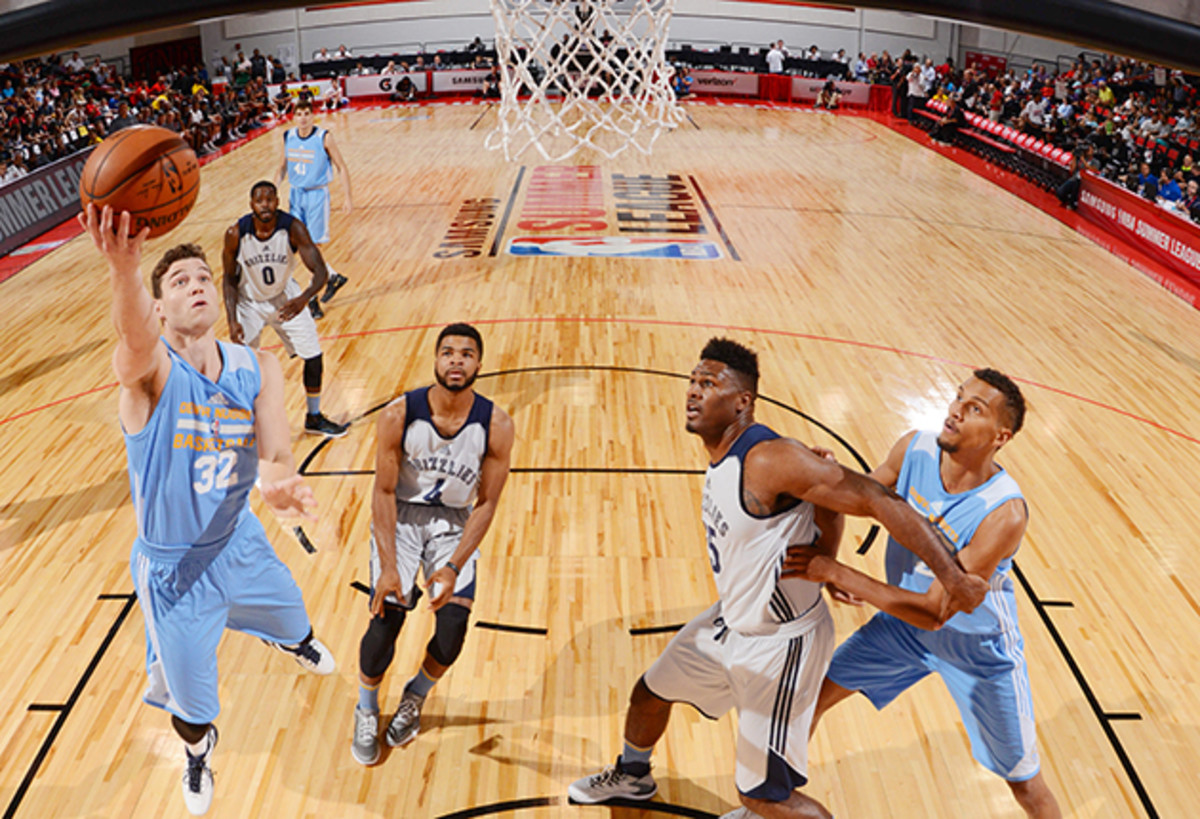
Denver is the latest chapter of Fredette’s professional odyssey. His career began as part of a three-team, eight-player trade on draft night, after all. Fredette’s multi-year stint in Sacramento concluded when the Kings waived him in February 2014. He finished the season with Chicago, spent all of 2014–15 with the New Orleans Pelicans, but failed to stick with the Spurs, Pelicans once again, and Knicks this past season. Fredette did torch the D-League with New York’s affiliate in Westchester, however, scoring 21.1 points per game on 41.1% shooting from beyond the arc. He secured the D-League’s All-Star Game MVP, alas, “That’s not exactly where you want to be,” Fredette says. “People don’t necessarily strive to play in the D-League.”
Fredette is competing in Las Vegas to prove, once and for all, the curtain has closed on his solo act. Fredette’s perimeter yo-yoing, lulling defenders to sleep before stinging them with a long-range triple, didn’t transfer from BYU to the pros. “I think what he’s realized is, ‘Ok, if I’m not scoring, what can I do to help my team?’” says Mike Malone, Denver’s head coach who led Sacramento during Fredette’s third season. Fredette dished 200 assists during his 40 games (5 per night) with Westchester last season, compared to 323 through his 235 career NBA outings.
He has spent the last four off-seasons in Littleton, Colo., living with his Colorado-native wife just 25 minutes away from downtown Denver. Each summer, the Nuggets have opened their practice facility doors to the sharpshooter while he’s primarily worked out at Chauncey Billups’s co-owned D1 Sports Fitness. Billups, along with head trainer Nick Graham, has aided Fredette’s progression into a playmaker. “He’s really helped me in my screen-and-rolls situations, going through progressions, different things you can do off of it,” Fredette says. Despite limited athleticism, Billups masterfully manipulated defenses through high-ball screens.
Biggest off-season moves in NBA history
Wilt Chamberlain, 1968

Wilt Chamberlain was traded to the Lakers only one year after winning the Finals with the Warriors. At times, Wilt struggled to fit in with Los Angeles. But in 1972, Chamberlain relinquished some of his offensive game to focus more on defense and rebounding, helping lead the Lakers to a championship—and his only Finals MVP award—in the process.
Kareem Abdul-Jabbar, 1975

The Lakers acquired Kareem Abdul-Jabbar and his skyhook from Milwaukee in 1975, and he dominated the league while in Hollywood. Kareem won five titles with the Lakers, including a Finals MVP win in 1985, 14 years after his first Finals MVP with the Bucks. Kareem also won three regular season MVPs with the Lakers, and later coached for the franchise as well.
Moses Malone, 1982

The Houston Rackets traded Moses Malone, who was coming off an MVP season, to the 76ers. Malone quickly formed an unstoppable duo with Julius Erving, and the two led Philly to an NBA Finals in in 1983. Malone won MVP during the regular season, making him the only player to win the award two straight years with different teams.
Shaquille O’Neal, 1996
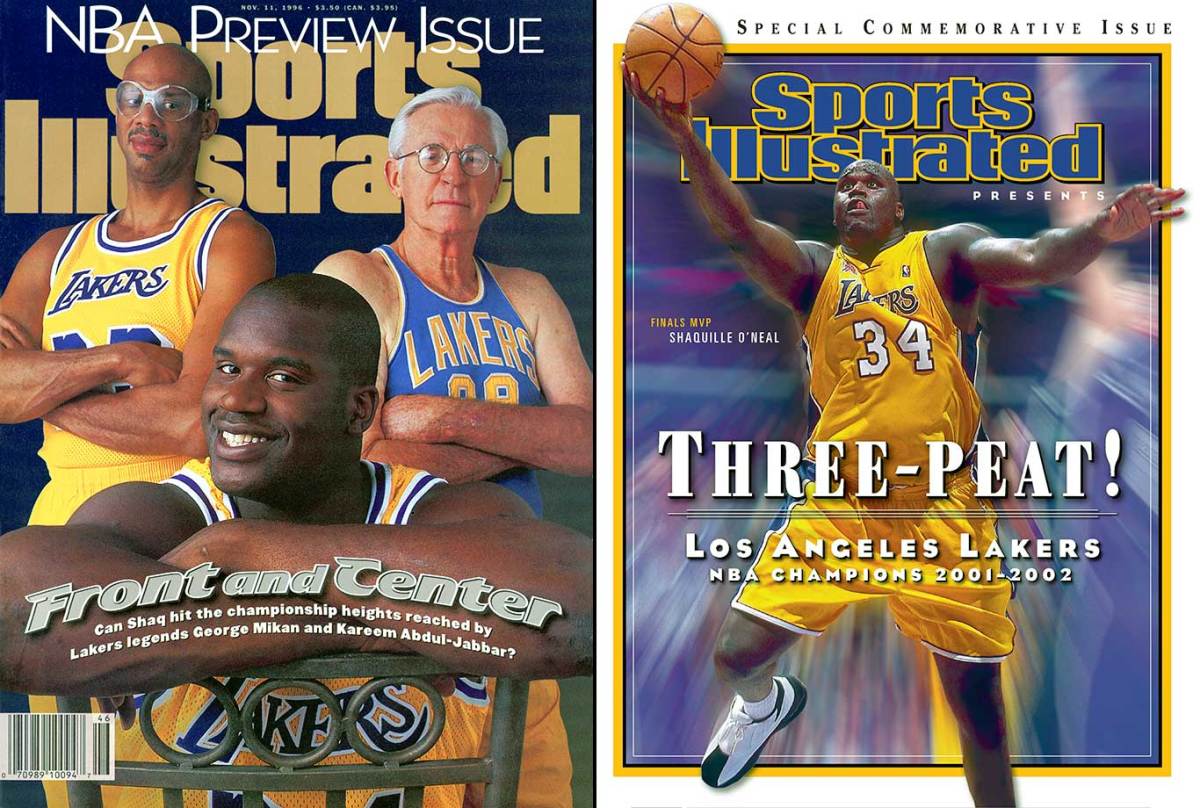
Shaquille O’Neal left the team that drafted him, the Orlando Magic, for the Lakers in the summer of 1996, signing a seven-year, $120 million deal with Los Angeles. Shaq would win three championships with L.A., forming an a legendary—but combustible—combination with Phil Jackson and Kobe Bryant.
Tracy McGrady, 2000
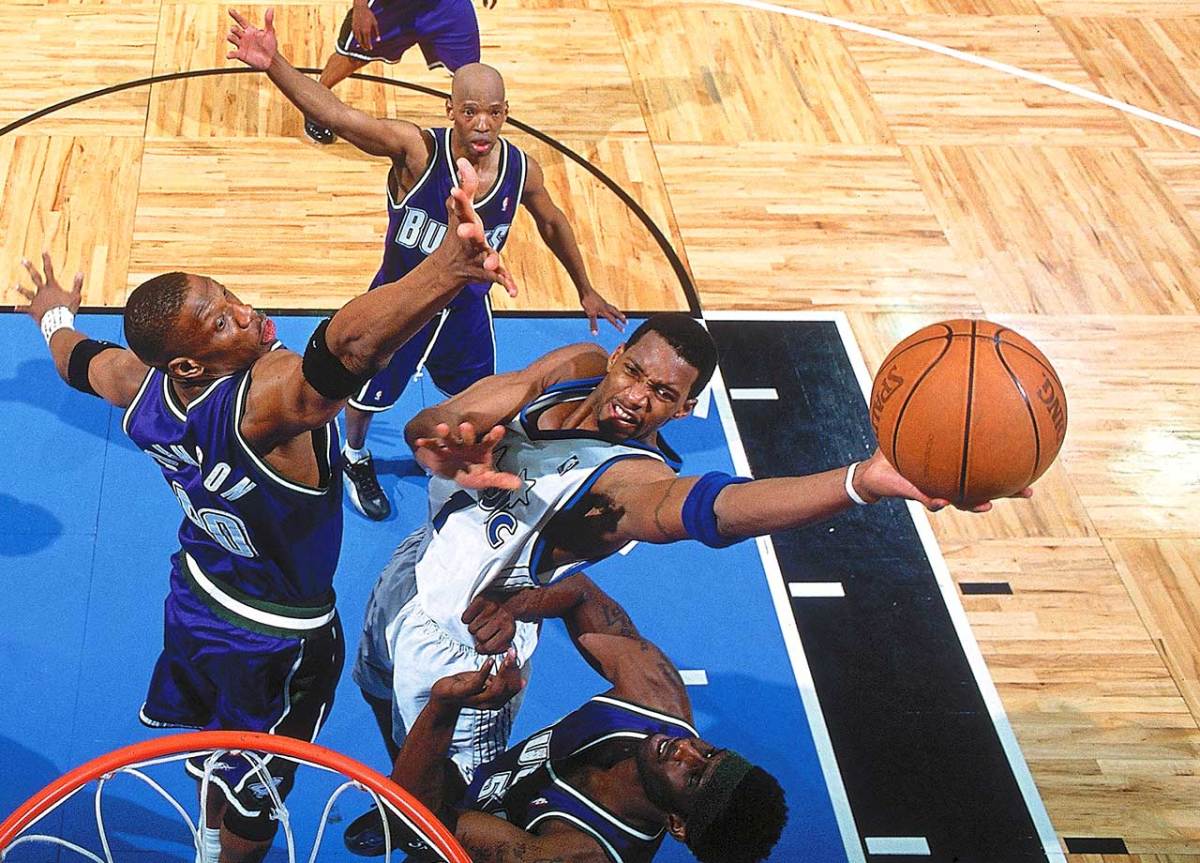
Tracy McGrady joined the Magic to play with Grant Hill, but was thrust into a larger role as Hill dealt with numerous injuries. McGrady responded by becoming one of the best scorers in the league, leading the NBA in points per game twice while in Orlando. McGrady’s run was short lived, however, as he was traded to Houston in 2004.
Steve Nash, 2004

The Suns signed Steve Nash to a six-year, $63 million deal in 2004. Nash was 30 at the time, but took his game to another level in Phoenix. The point guard won MVP in his first two years in the desert, but despite his individual success, Nash could never lift the team past the conference finals.
Kevin Garnett, 2007

After years of falling short with the Timberwolves, Kevin Garnett was traded to the Celtics in July 2007. Garnett, along with Paul Pierce and Ray Allen, immediately turned the Celtics back into one of the NBA’s premier franchises. Boston won the Finals in KG’s first season, and almost won a couple more if not for ill-timed injuries.
Chris Bosh, 2010
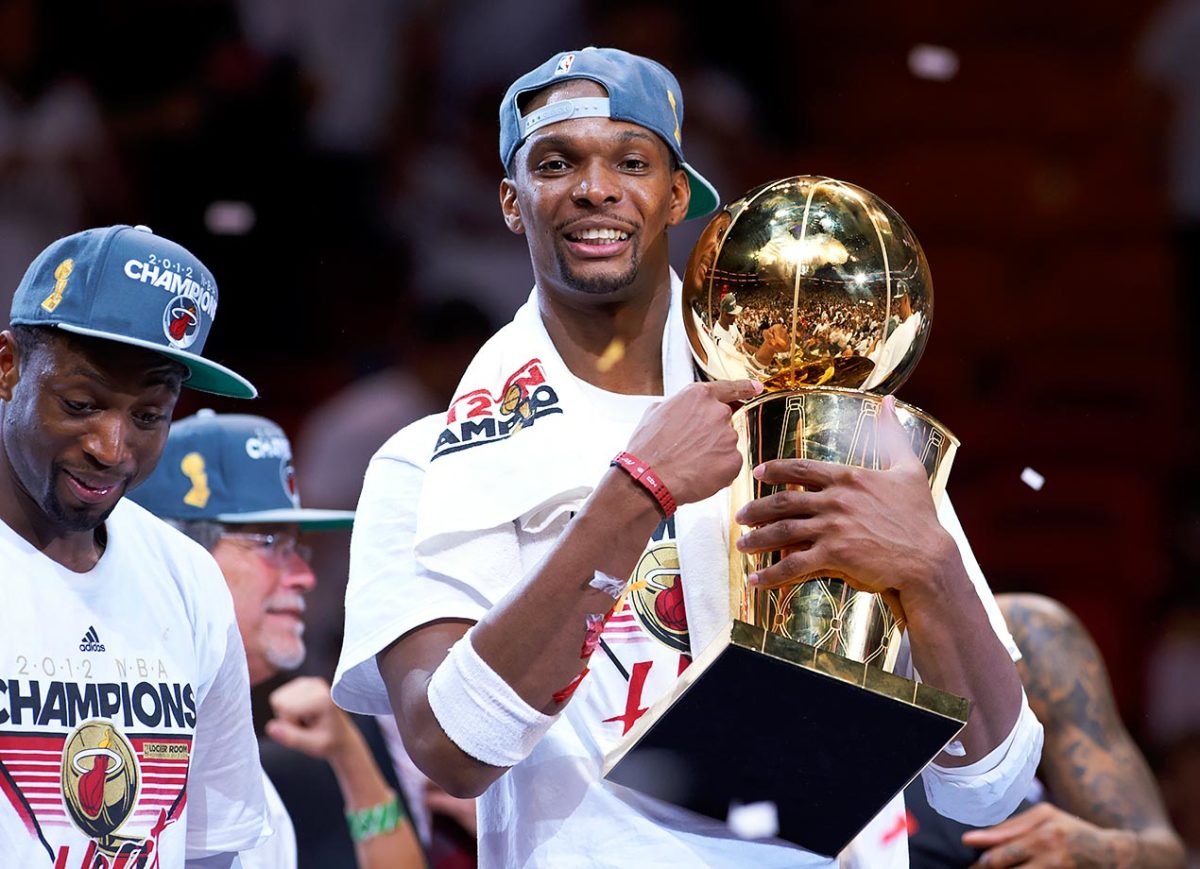
Chris Bosh joined the Heat along with LeBron James, and quickly became an integral part of Miami’s success. Bosh played a key role in the Heat’s run to four straight NBA Finals—most notably picking up an offensive rebound and assist before the Ray Allen’s three in Game 6 of the 2013 Finals.
LeBron James, 2010
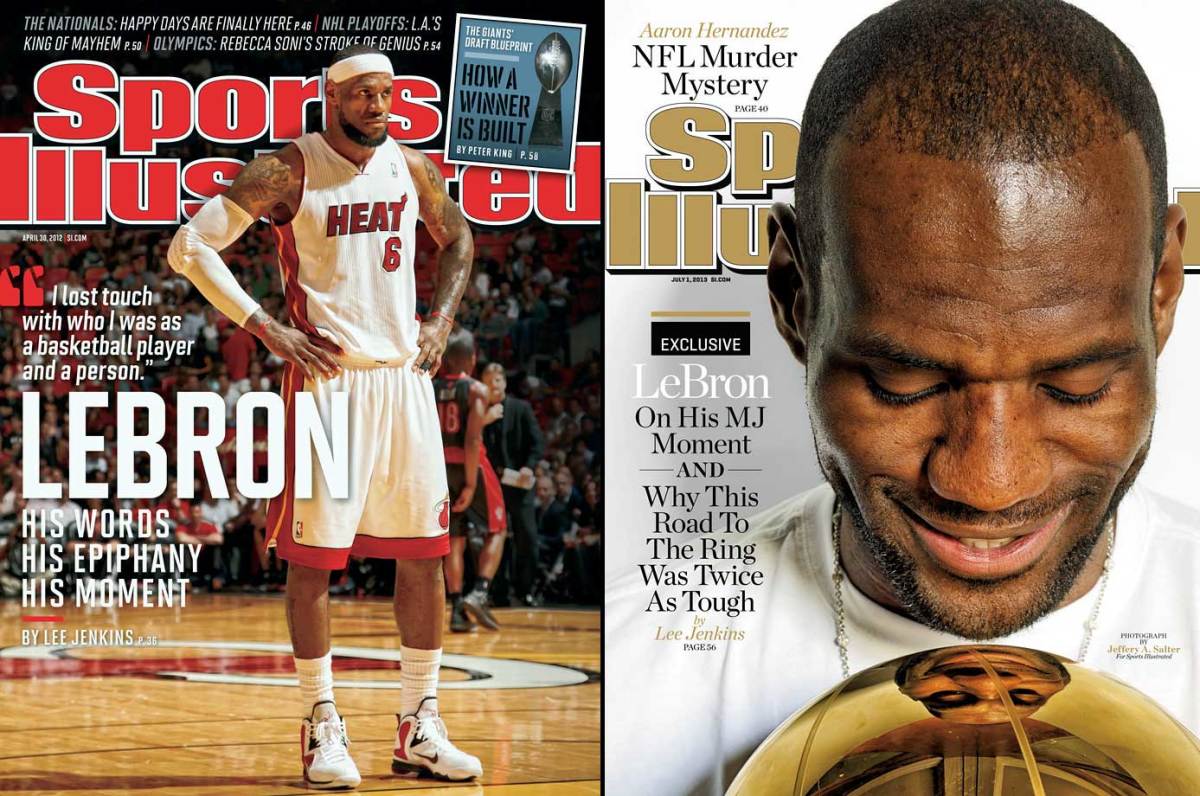
LeBron James, angering many with a TV special to announce his decision, chose to leave Cleveland for Miami in July 2010. LeBron made the Finals in all four of his seasons with the Heat, capturing two championships and two Finals MVPs in the process. James reached new levels of efficiency in Miami, cementing his legacy as one of the game’s greatest players.
Chris Paul, 2011

Chris Paul joined the Clippers in 2011 to form a Lob City-connection with Blake Griffin and lift the Clippers back to relevancy. Los Angeles became one of the top teams year-in and year-out with Paul at the helm, but has struggled in the playoffs against West rivals. As of 2016, Paul has yet to play in a conference finals.
Dwight Howard, 2012
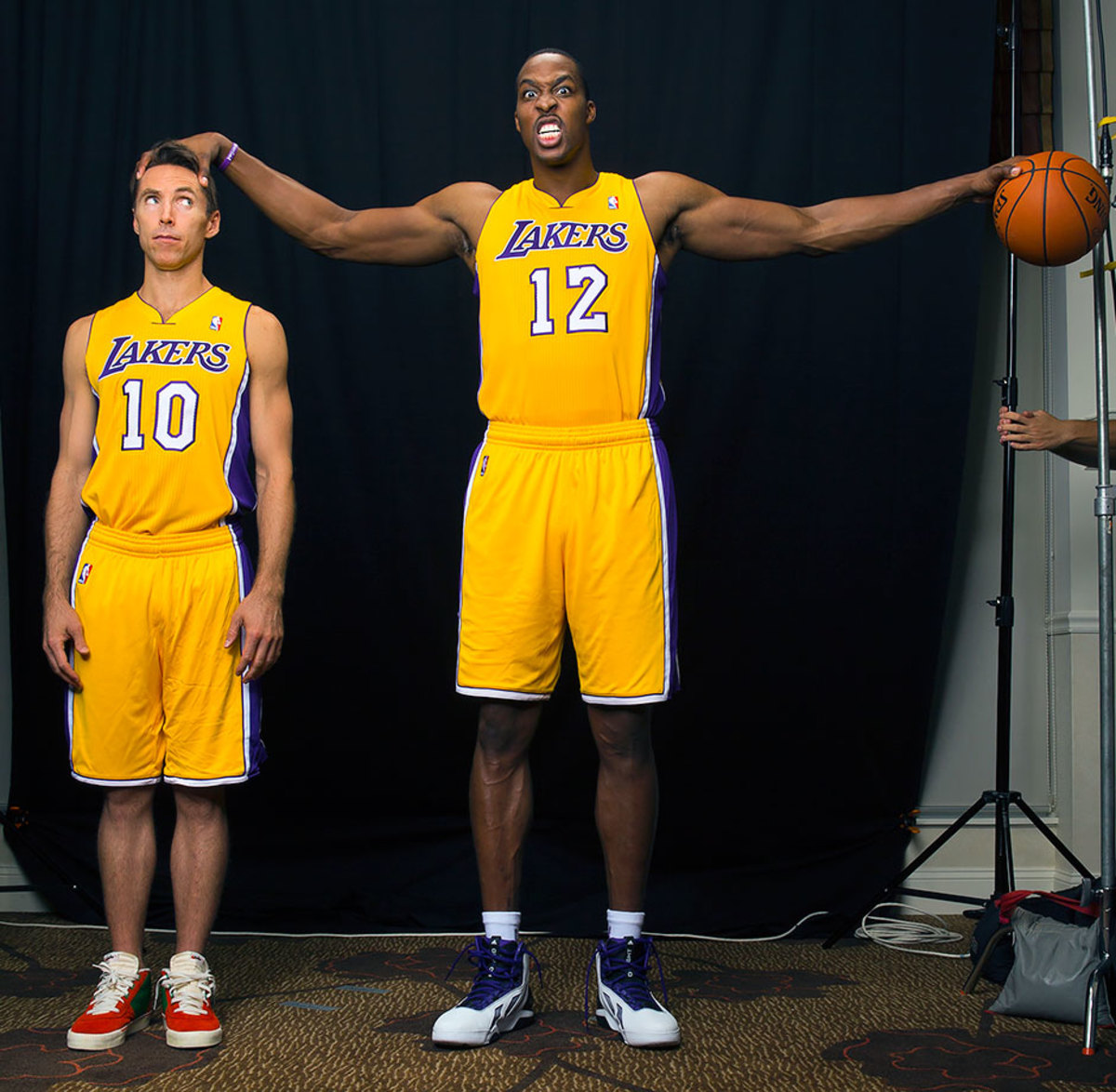
Dwight Howard, like Shaquille O'Neal 16 years before him, left the Magic for the Lakers by forcing a trade out of Orlando. Unlike Shaq, Howard flamed out with the Lakers. Also joined by Steve Nash, the Lakers never gelled on or off the court, and Howard lasted only one season in Los Angeles before joining the Houston Rockets.
LeBron James, 2014

LeBron James returned to Cleveland in 2014, announcing his decision via a letter in Sports Illustrated. LeBron immediately launched the Cavaliers into the NBA’s top tier, bringing the team to the Finals in his first season back. In 2016, the James-led Cavaliers—after going down 3–1—upset the 73-win Warriors in the Finals, a shocking upset led by one of the best individual performances in Finals history.
Kevin Durant, 2016
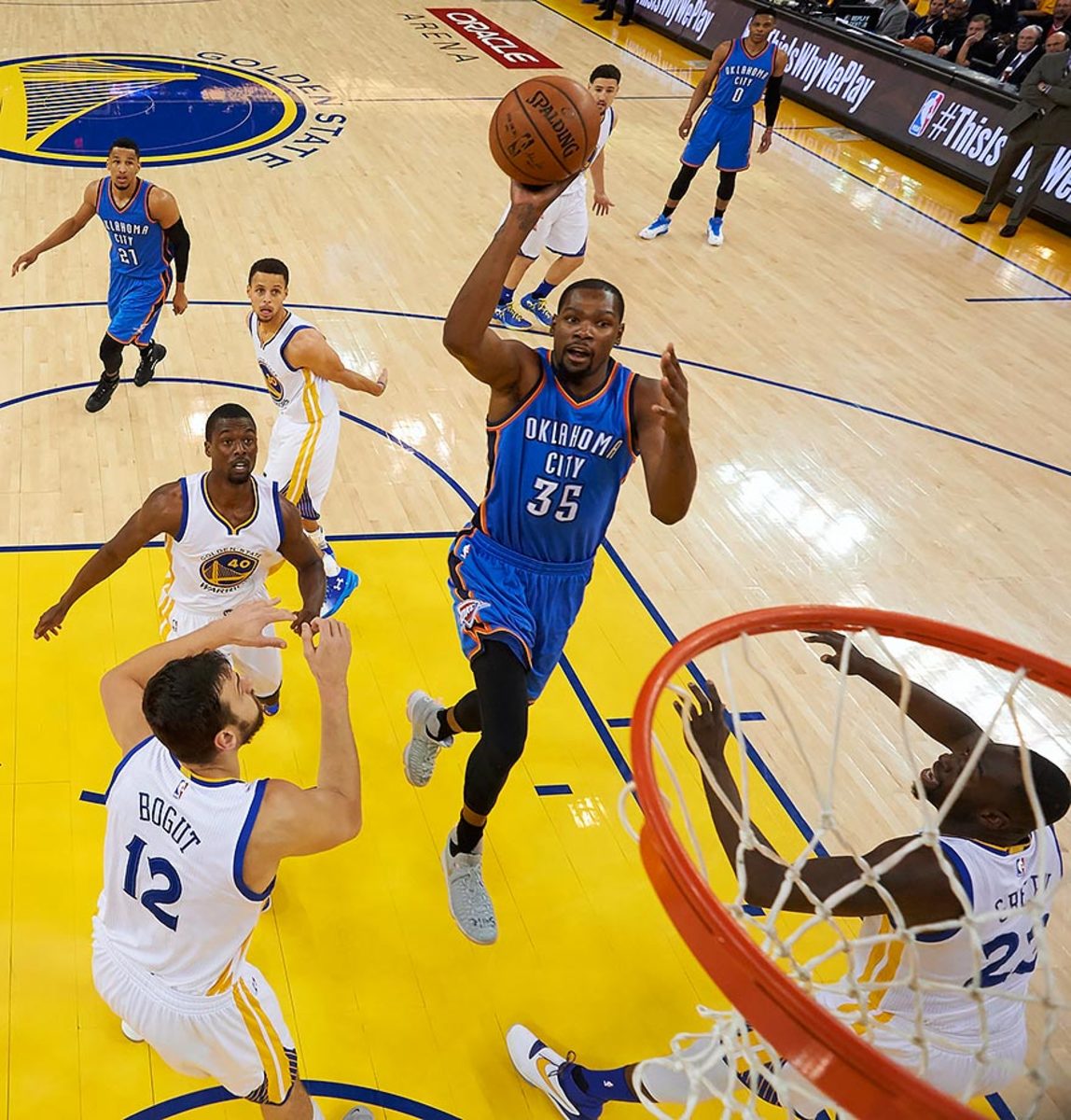
Kevin Durant, a four-time scoring champion and former MVP, joined the Warriors in July 2016. Golden State not only won 73 games the season before, but knocked Durant’s Thunder team out of the playoffs only weeks before the signing. The Warriors’ addition of Durant immediately made them the overwhelming favorite to win the Finals in 2017.
Dwyane Wade, 2016

The Chicago Bulls agreed to sign Dwyane Wade, a 12-time All-Star who won three titles during his 13-year tenure in Miami, to a two-year contract worth $47.5 million with a player option on the second season. Wade won NBA titles with the Heat in 2006, 2012 and 2013 and had spent his entire career with the team after being drafted No. 5 overall in 2003.
“When you’re coming off a screen, and especially to get other players open, if they’re hedging screens, come at your guy, really come at the big guy, give him a nice little shoulder,” Fredette leans over his arm rest for emphasis, “reverse pivot and it opens up the floor to be able to see the whole floor.”
It’s a technique he used on Friday to fire a cross-court pass into Emmanuel Mudiay’s shooting pocket on the weak-side wing. Fredette found Mudiay on an array of pretty touches passes as well and made plays in the mid-range once defenders ran him off the three-point line. “That means that you have a high IQ and you’re a non mistake player,” Malone says.
Fredette must also overcome his well-documented defensive struggles to reclaim his place in the league. Substandard lateral quickness has plagued him in the past, something he’s attempted to remedy with hours of 1-on-1 at D1. “It’s just you vs. the guy out there and the whole court, so you gotta stay in front of him,” Fredette says. Pelicans player development coach Fred Vinson guided Fredette’s defensive progression during his full season in New Orleans.
“I would get out on the floor with him, have him do zig-zag drills, try to turn me, try to turn me, try to turn me,” Vinson says. “The other thing was the towel drill, having him have the towel around his neck so it takes his hands out of playing defense and now it’s more about moving his feet.”
• Onuaku could bring 'granny shot' to NBA | Who should Warriors unretire?
With New Orleans, Fredette shot only 9-for-48, 18.8%, during 50 games in 2014–15, an inconsistency Vinson theorizes may result from Fredette releasing his looks at the apex of his jump. Not only does that technique become more difficult as legs tire throughout a game, but it allows precious extra seconds for defenders to close out on his shots.
Yet Fredette managed to regain his deadly stroke in Westchester and it continued through his first three games in Las Vegas, as he shot 7-of-16 from beyond. “I’ve always been a good shooter. I can shoot the basketball, I can score the basketball. That’s why I’m in the position I’m in,” he says. It’s a craft Fredette honed while his older brother T.J. fired balls at him in their backyard. “He’d throw balls at the rim, he would shake the backboard, come up from behind me, say something in my ear,” Fredette says. “Different things he’s always done to try and distract me while I’m shooting and keep focused on the rim.”
Fredette, now 27, is far away from the backyard and knows the clock is ticking. On top of his defensive and playmaking developments, Fredette has incorporated a smoother mid-range game, full of deadly floaters he once lacked. “You just gotta keep grinding, keep knocking on the door and just try to get someone to answer,” says former BYU teammate Brandon Davies. The door is still cracked open for Fredette. Was his Summer League performance enough to kick it wide open?
